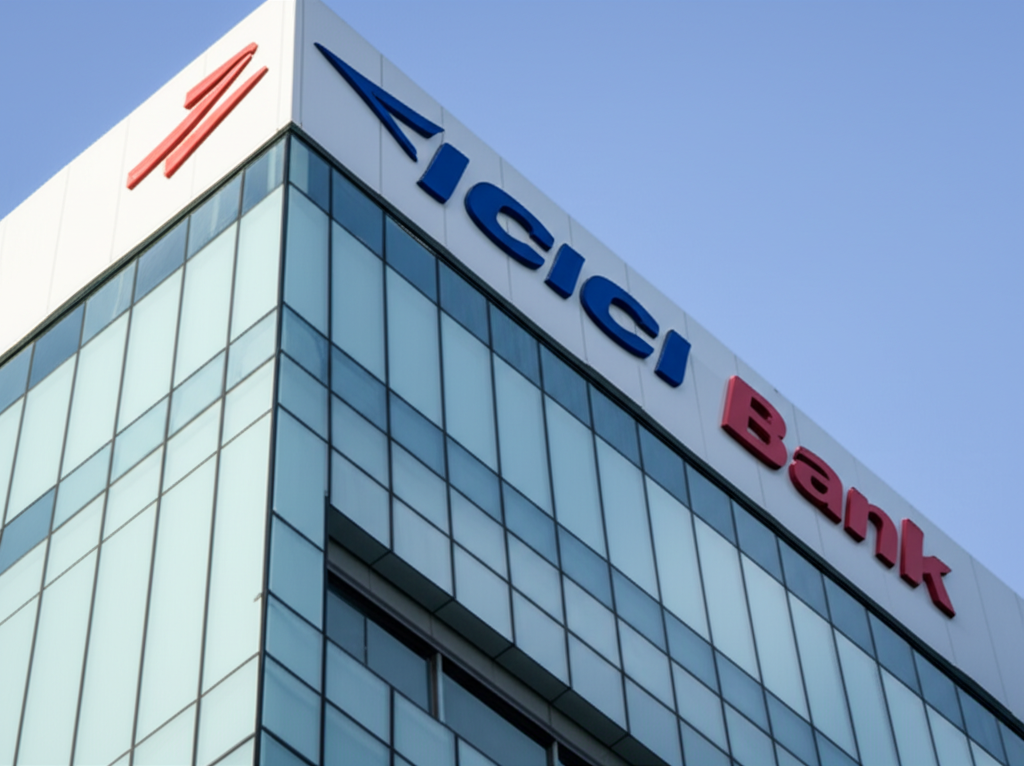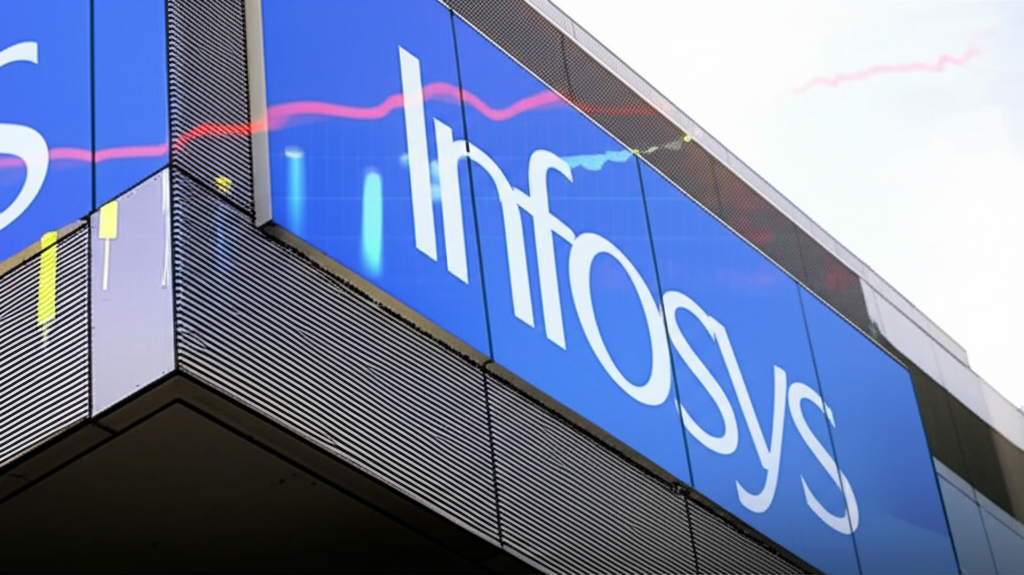A company, when looking to increase its capital base after an Initial Public Offering (IPO), often uses a Follow-On Public Offer (FPO). This involves offering more shares to investors thereby providing a critical way of raising capital without borrowing. In this detailed guide, we will look at what FPO is, how it works and its implications on both companies and shareholders.
What is a Follow-On Public Offer?
Follow-On Public Offers (FPOs) are financial instruments used by publicly traded corporations that allow them sell additional stock shares to new or existing shareholders. Usually, this is done after the company has already gone public with its IPO. The main aim of FPOs is usually to raise extra equity capital for funding expansion projects; repay debts or diversify their sources of financing.
Types of FPOs
There are generally two types of follow-on public offers:
1. Dilutive FPO:
In this type of follow-on public offer new shares are issued which increases total number outstanding leading to dilution in ownership percentage for existing shareholders unless they buy more shares.
2. Non-Dilutive FPO:
Here promoters/ existing share owners sell some part of their holding but without increasing number outstanding hence no dilution happens as far as ownership percentages are concerned.
The FPO Process
Issuing a Follow-On Public Offer is complex and regulated so as to ensure transparency and fairness within the market place. Below is an in-depth analysis on what happens during each step;
1. Decision Making:
Normally, it’s the board of directors who make decision about whether or not launch an fpo.The board takes into consideration such factors as market conditions; financial position of the company; strategic objectives among others before making up their minds.
2. Regulatory Approval:
Just like IPOs, FPOs need approval from financial regulatory bodies.In US for instance Securities and Exchange Commission(SEC) is responsible for giving this green light.A registration statement together with prospectus showing financials, risks and use of funds raised must be filed by the corporation.
3. Due Diligence & Document Preparation:
The company verifies accuracy completeness of everything contained in prospectus through its own auditors working hand in glove with underwriters. This stage is very important because any errors found post FPO could lead into legal complications.
4. Pricing the Shares:
Fixing price at which shares will sell is a crucial move.This can be done either by setting it at certain level or determining demand from institutional investors then using book building process to arrive at appropriate figure.
5. Marketing the Offer:
A lot needs to be done so as to ensure success of fpo. Roadshows, investor meetings and advertising campaigns should all feature in this marketing mix aimed at generating interest among potential investors.
6. Allocation & Listing:
Once FPO has been completed, shares are allocated to buyers followed by listing on stock exchanges thereby making them freely tradable by anyone who wants buy such stocks.This marks final stage in process where companies raise capital through public offerings of their securities
Benefits of an FPO
For the Company
- Additional Capital: FPOs provide companies with necessary funding for expansion without increasing debt or other financial strategies that require borrowing.
- Enhanced Market Perception: Conducting a successful fpo can help boost confidence levels among investors leading to improved image within market place thus attracting more customers who may want transact business them going forward.Other benefits include wider distribution ownership base; higher liquidity compared to private placements etcetera.
For Investors
- Investment Opportunities: Through follow-on public offers both new and existing shareholders have chance invest further amounts into potentially growing organizations
- Price Advantage: Sometimes a good point of entry for investors is offered by FPOs that are priced below the prevailing market prices.
Read Also: Women Investors: Trends and Opportunities in Indian Stocks
Challenges and Considerations
There are various challenges and considerations that a company must look at when issuing additional shares after an Initial Public Offering (IPO) through a Follow-On Public Offer (FPO). These factors may impact not only the success of the FPO but also long-term financial health and market perception.
These are the main challenges and considerations:
1. Market Conditions
The success of an FPO depends heavily on current market conditions. Some key determiners include economic stability, investor sentiment, as well as stock market trends which may significantly affect demand for new shares among others. When the bearish signals dominate investments fear losing their value and therefore opt out of buying them while in bullish markets such offers may be over-subscribed for but expectations on performance will squeeze companies’ operations capability.
2. Share Dilution
Dilution rank top among concerns for existing shareholders during FPOs because they lead to decline in their EPS ratio or control over decision-making processes within organizations where such actions were taken without buying additional ones alongside initial acquisition shares until now held by other parties involved like banks etcetera thus reducing earnings per share too this metric becomes crucial when evaluating worthiness of investment made into particular entity.
3. Pricing Of Shares
Pricing is a very sensitive issue when it comes to offering new equity instruments like stocks or bonds whether privately placed or publicly issued through IPO followed by subsequent offerings under FPO scheme otherwise known as follow-on public offer which requires setting an attractive price tag reflecting fair values coupled with future prospects but not aiming too low so that required capital amount cannot be raised if set higher there will likely be under subscriptions due lack confidence about own business valuation methods adopted long term negative effects on share prices might result from this factor alone.
4. Investor Sentiment
Firm’s growth image and financial soundness are two important elements for success with any FPO. If investors think that firms release additional stock securities only because they want to manage debts or lack enough cash flows it could dampen enthusiasm among others in regard of buying such shares. On the other hand if people see this move as being part strategic acquisitions or expansion plans then there may be positive reactions towards these issues.
Read Also: Growth Stock: What It Is, Examples, vs. Value Stock
5. Regulatory Compliance And Approval
Issuance process is subject to strict rules designed by regulatory bodies ensure fair play within capital markets besides protecting retail participants who may not have access certain level information required making informed decisions regarding investing their savings. In USA Securities Exchange.
Commission (SEC) has jurisdiction over public offers involving more than certain dollar thresholds so compliance must be observed failure can result into penalties imposed on company directors while delay becomes inevitable causing financial losses due litigation costs incurred during court cases brought against management team involved.
6. Execution Risks
Implementing an FPO calls for collaboration between underwriters, lawyers among others which may necessitate significant outlays both time-wise and financially; hence need arises where businesses should handle these relationships carefully alongside execution steps so that expenses are minimized while operations remain uninterrupted otherwise poor timing or execution could lead sub-optimal outcome.
7. Impact On Credit Profile
Issuing more equity can impact a company’s credit rating. It can get better by reducing leverage (if funds are used to pay down debt), but the dilution of earnings and potential for reduced profitability per share may hurt credit ratings unless capital raised is utilized effectively in generating further revenue and profits.
8. Opportunity Costs
The attention and resources put towards executing an FPO may take away from other operational priorities. Management needs to weigh whether potential benefits from funds raised outweigh operational costs as well as distraction from core activities of the company.
9. Communication with Stakeholders
Communication with stakeholders before, during, and after the FPO is crucial for success. Clear, transparent reasons behind conducting an FPO and how it benefits both company itself and its shareholders should be given out so that expectation can be managed accordingly.
Each challenge needs strategic planning so that long term goals are supported by Follow-on Public Offers(FPO) while at the same time keeping trust among shareholders intact together with stability within markets.
Conclusion
A Follow-On Public Offer represents one of those tools which companies use when they want more money after IPO has already taken place. However, there are several risks involved in this process though they come along with their own rewards also such as dilution or dependency on market
conditionality. For investors, these offers present opportunities for participating in growth journeys undertaken by businesses but like any other investment; thorough research must be done while considering prevailing trends within respective markets prior to engaging oneself into them.
Therefore this all-round overview about follow-on public offers should equip firms as well as individuals who wish so with knowledge necessary for successful participation in such events.















0 Comments